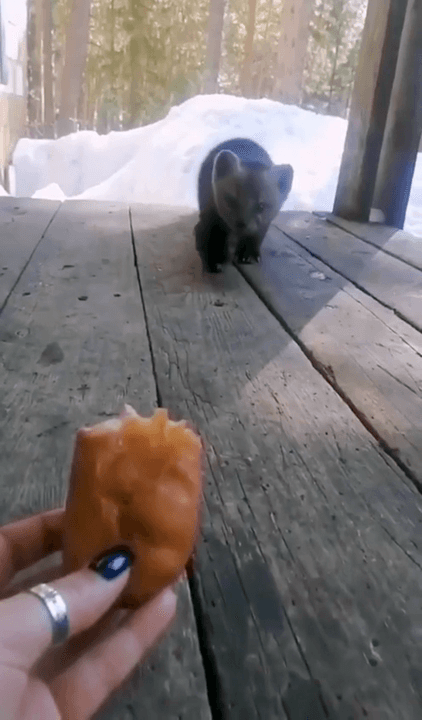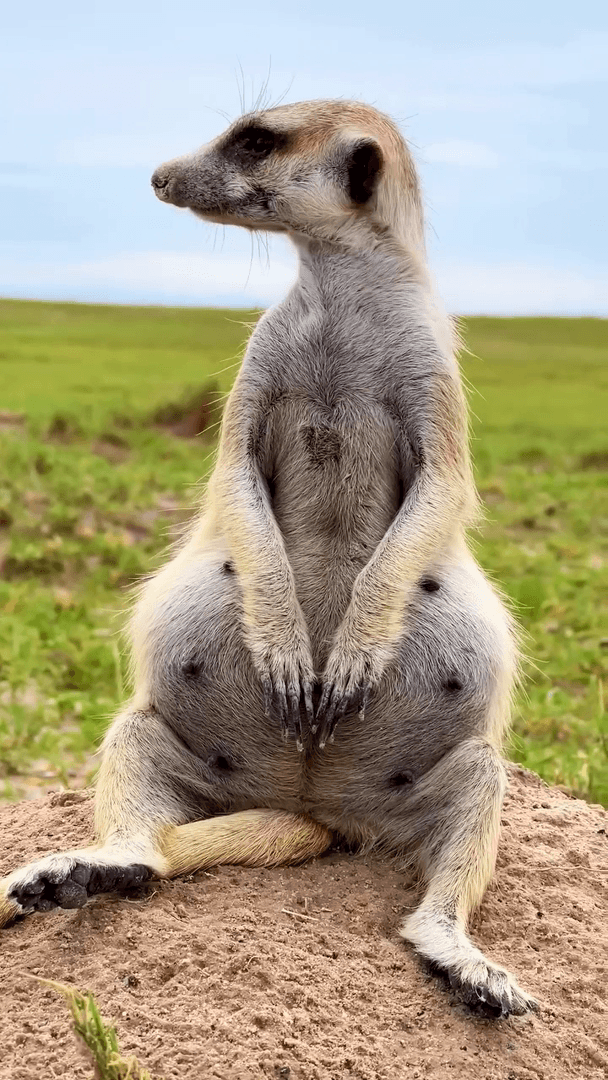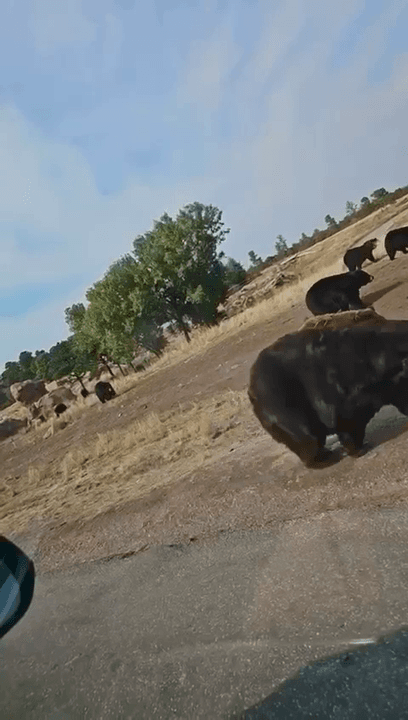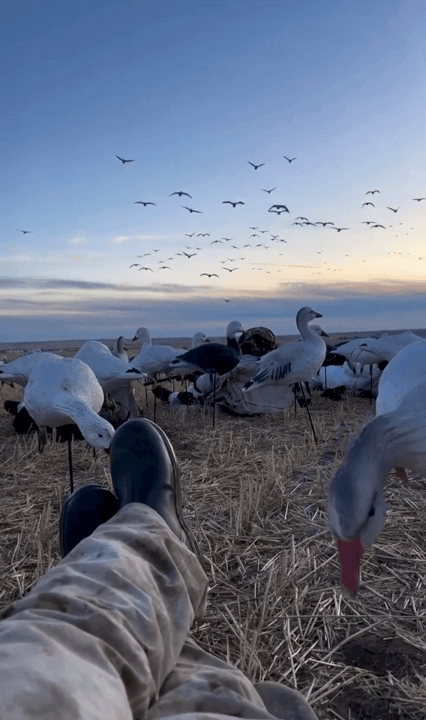
Newfoundland, Canada. The Great White North. Some kind of Wonderful
Post: 27 October 09:14

Post: 27 October 09:14

Post: 9 October 17:21

Post: 21 September 17:36

Post: 18 April 10:01

Post: 17 April 10:18

Post: 22 March 10:13

Post: 7 March 10:58

Post: 26 December 18:06

Post: 12 October 10:19

Post: 19 September 18:49

Post: 29 July 09:18

Post: 21 June 14:13

Post: 17 April 14:36

Post: 5 August 12:24

Post: 26 August 14:10

Post: 23 October 09:45

Post: 4 September 11:37

Post: 4 September 07:20

Post: 28 July 13:08

Post: 29 July 19:28

Post: 28 January 11:17

Post: 6 January 18:02

Post: 24 October 14:25

Post: 26 June 09:10

Post: 18 August 11:10

Post: 13 July 11:17

Post: 23 May 20:46

Post: 23 December 22:06

Post: 29 October 13:11

Post: 30 June 00:09

Post: 18 August 19:59

Post: 18 August 10:24

Post: 28 July 10:51

Post: 24 July 21:14

Post: 23 May 09:56

Post: 4 April 14:36

Post: 25 March 03:43

Post: 23 February 13:51
Post: 10 February 22:40

Post: 31 January 05:47

Post: 15 January 09:46

Post: 27 December 09:13

Post: 29 November 12:12

Post: 4 November 11:17

Post: 27 October 15:58

Post: 22 October 09:03

Post: 29 August 09:06

Post: 29 April 09:21

Post: 26 December 17:58

Post: 12 December 09:16